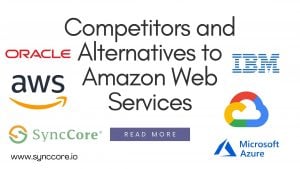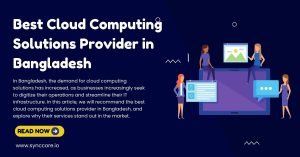Every horizontal or vertical business process delivered using the cloud services model is referred to as Business Process as a Service (BPaaS). As a result, cloud services such as Software as a Service (SaaS), Platform as a Service (PaaS), and Infrastructure as a Service (IaaS) rely on other services.
For decades, businesses have been automating business procedures. They were compelled to do so manually or programmatically at first. For instance, if a corporation wanted to ensure that a management system for orders did a credit check before issuing a transaction, the company might program that request.
Processes may be implemented manually or through automation in some situations by complete business-process outsourcing businesses. With the introduction of cloud computing, this mindset is beginning to shift. Companies are increasingly focusing on a more service-oriented approach to services. It’s feasible to choose a process application that isn’t bound to a particular application rather than assuming you need a packaged application that comprises business logic, data, and processes.
There is a compelling business case for using a business process service. A firm might choose a procedure corresponding to its business policies. It can then be employed in a variety of various applications. This guarantees that the process is well-defined and, more critically, consistent throughout the business. A company’s payroll processing or shipping management, for example, may be complicated. This service can be integrated into other cloud services, such as SaaS and data center applications. —-
Business processes are beginning to be developed as bundled offerings that may be used in a hybrid fashion, similar to SaaS cloud services. After all, business processes are the steps or activities you do to make it easier for your customers or stakeholders to receive products or services. Any service that may be automated, such as managing e-mail, shipping an item, or managing consumer credit, can be included in these business processes.
Traditional packaged apps differ from BPaaS because BPaaS is supposed to be service-oriented. As a result, BPaaS interfaces are likely to be well-defined. Furthermore, a BPaaS is a standardized service that various companies may use. These services can take advantage of automation, standardization, and repeatability in how they are utilized and delivered because they are much more optimized to provide a consistent service.
The following characteristics define BPaaS:
- The BPaaS is built on top of the three primary cloud services that make up the foundation: SaaS, PaaS, and IaaS.
- A BPaaS service can be customized according to the process being designed.
- A well-defined API is required for a BPaaS service to be readily connected to other services.
- Whereas a corporation cannot forecast how a business process will be used in the future, a BPaaS must support numerous languages and deployment settings.
- A BPaaS environment must be able to scale indefinitely. The service should be able to rise from handling a few processes for a few clients to hundreds, if not thousands, of customers and operations. The service achieves this goal by improving the underlying cloud services to allow for such elasticity and scale.
Read Related Article:



